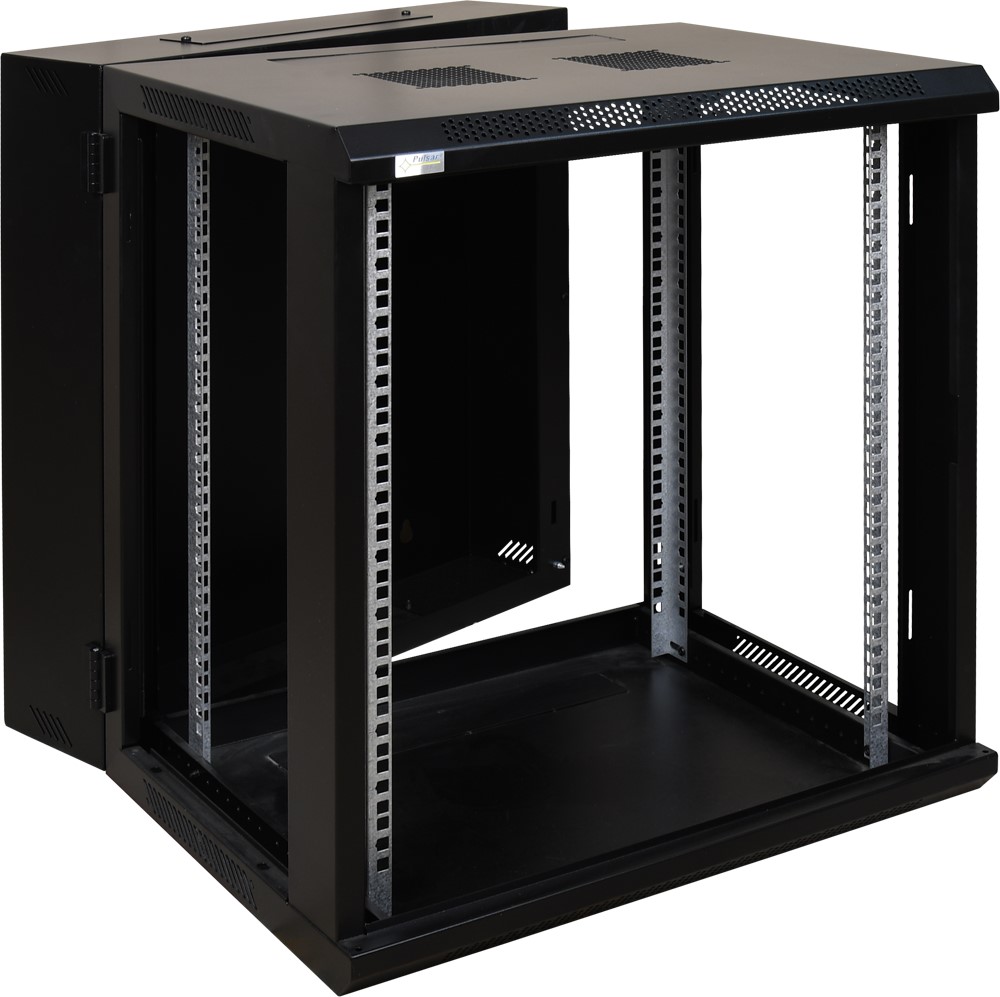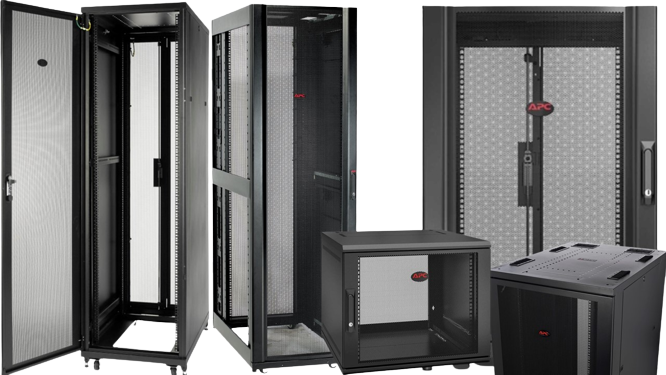
IT RACKS
World’s most versatile rack enclosure
Choosing which racks to install and how to configure them should be at the top of your list when designing a data center, server room, or network closet. Like when building a house, the surface elements may steal the show, but it's the strength of the underlying foundation that determines success or failure.
Racks group IT equipment, such as servers and network switches, into standardized assemblies that maximize space and other resources. They can also increase power protection, cooling, cable management, device management, physical security, mobility, simplicity of installation, and protection from extreme climatic conditions, depending on the choices you select.
Choosing the correct racks and configuring them to meet your needs helps guarantee that your IT equipment runs consistently and effectively, saving your company money on costly downtime and other unnecessary charges.
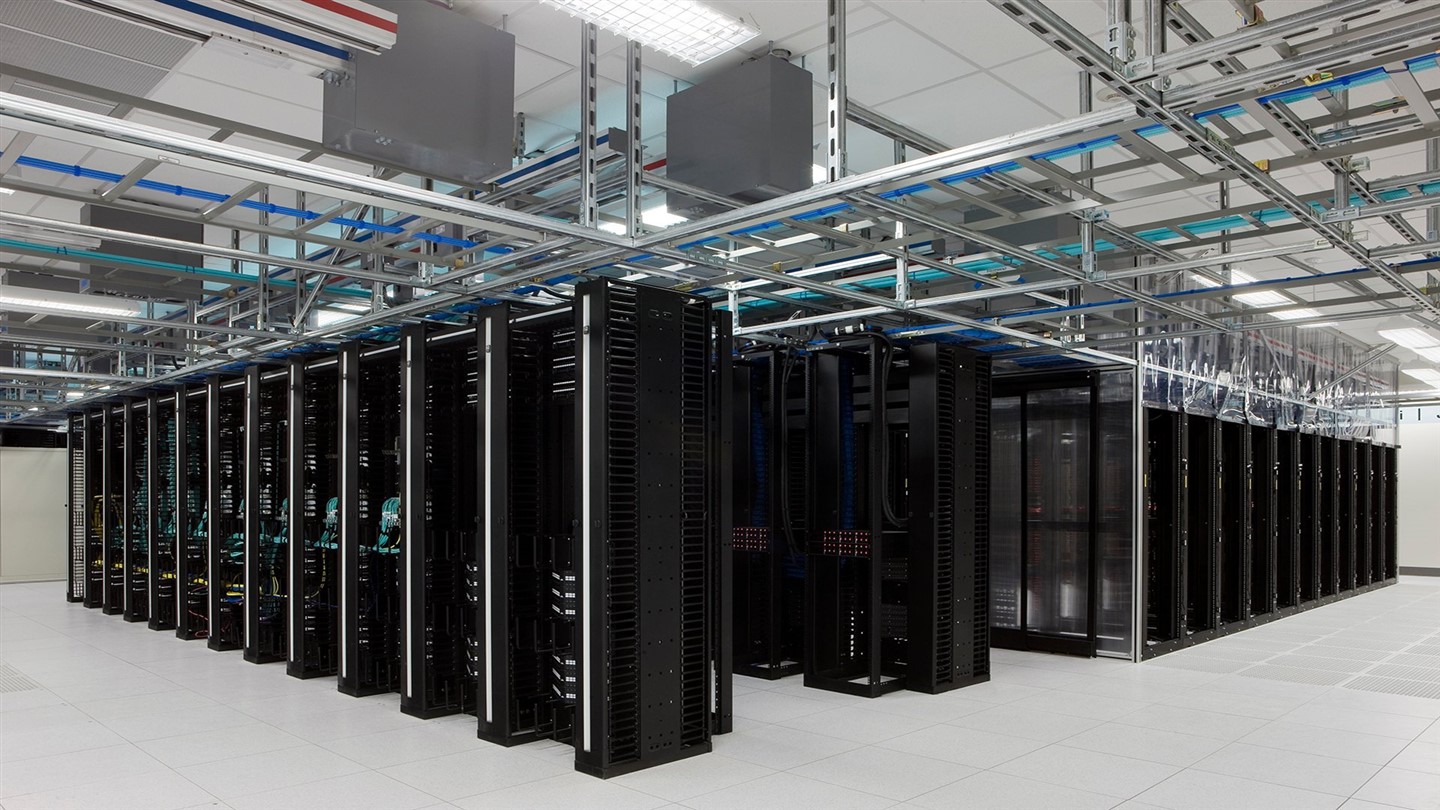
Rack Types
Racks are classified into three types: open frame racks, rack enclosures, and wall-mount racks.
Open frame racks
Open frame racks are exactly what they sound like: open frames with mounting rails but no sides or doors. They are most commonly utilized in situations where the rack does not need to manage airflow or offer physical security. Because they allow easy access and enough of free space for cable management, open frame racks are ideal for network wiring closet and distribution frame applications with high-density cabling. Open frame racks can be equipped with two or four vertical mounting rails (referred to as "posts"). Two-post racks require less available depth than four-post racks, but they also hold less weight. IT equipment that is meant to use all four vertical mounting rails for support and supports four-post installation out of the box may require a specific kit for two-post mounting.
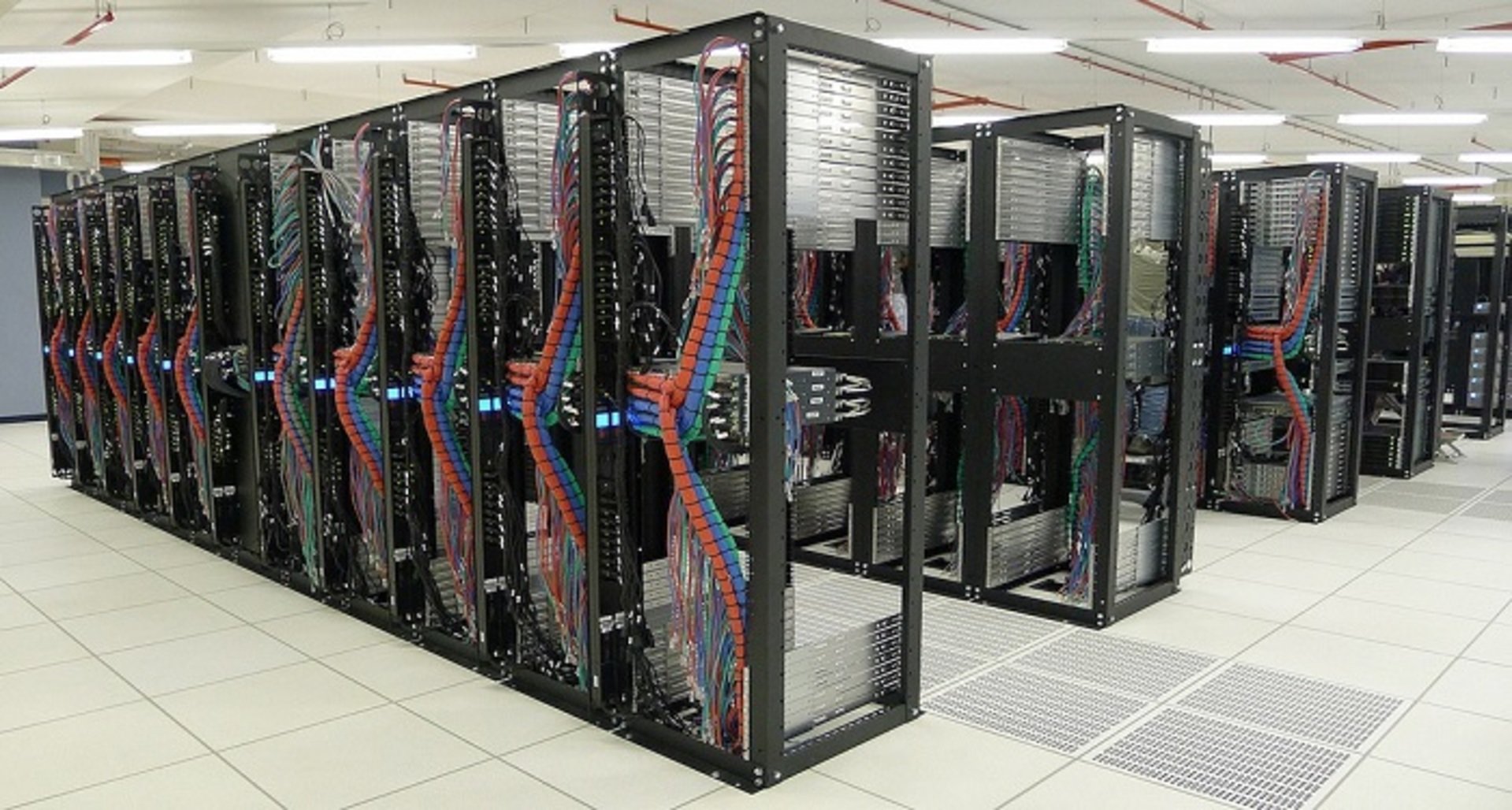
Rack enclosures
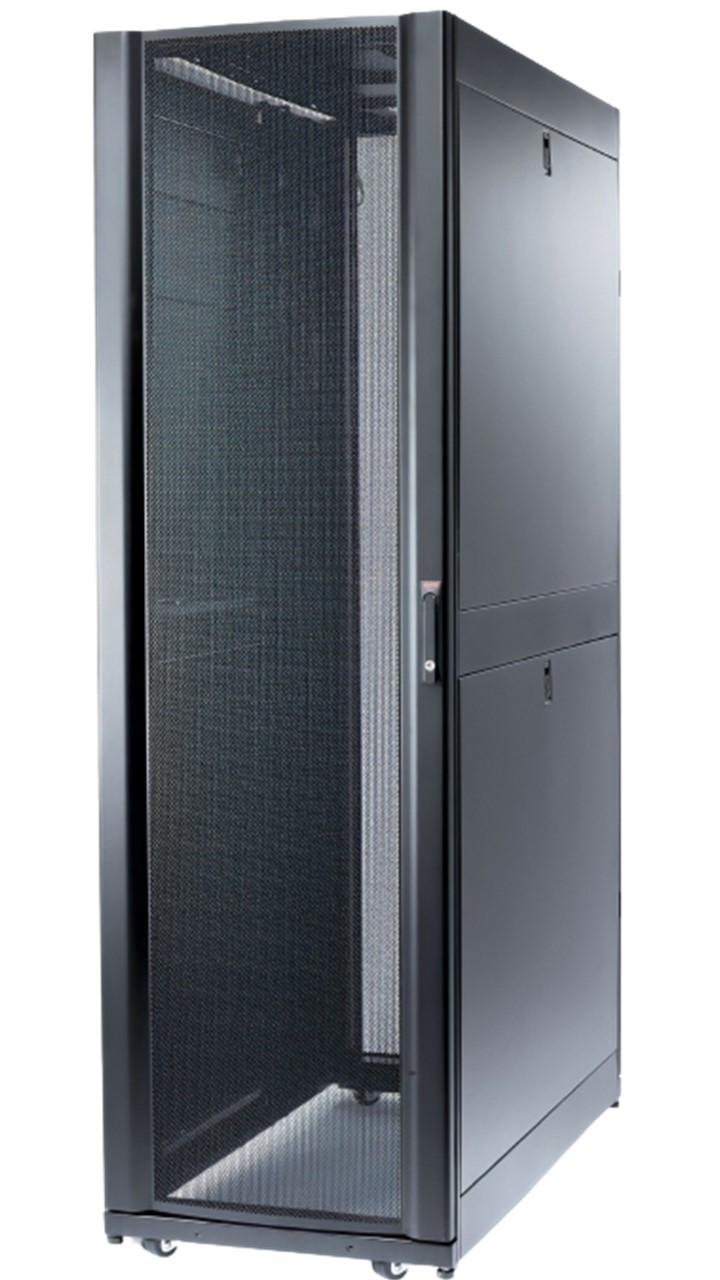
Rack enclosures contain detachable front and rear doors, removable side panels, and four vertical mounting rails that may be adjusted (posts). Rack cabinets are another name for them. Front and rear doors are often vented to provide for enough circulation from front to back via any fitted equipment. Rack enclosures are appropriate for applications requiring larger equipment, hotter equipment, or more wattages per rack. Because the doors and side panels lock, physical equipment security at the rack level is also provided (as opposed to the room level). For high-density data centers and server rooms, enclosures are a common solution.
Although typical enclosures do not offer as much cabling space as open frame racks, larger and/or deeper cabinets are available to make up the difference. For open frame applications requiring larger weight capabilities, enclosures can also be constructed without doors and/or side panels. Enclosures sometimes have extra rails to install accessories such as vertical cable management and power distribution units in addition to the vertical equipment mounting rails (PDUs).
Wall-mount racks
Wall-mount racks are meant to be connected to the wall, conserving floor space and allowing them to fit in places where conventional racks cannot. Open frame racks and enclosed cabinets are also options. They are often smaller and cannot sustain as much weight as their floor-standing equivalents. By adding rolling casters, the cabinets may be converted to floor-standing applications.
